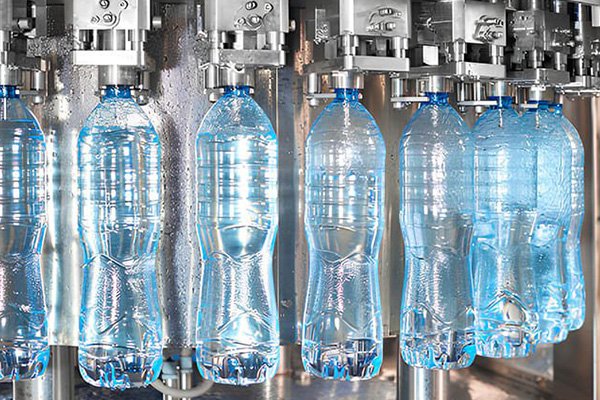Precision Filling Machines: Essential Equipment for Modern Production Lines
Introduction to Quantitative Filling and Packaging Systems
In today’s fast-paced manufacturing environment, Sokos liquid filling equipment plays a crucial role in ensuring accurate and efficient packaging across multiple industries.

Industries Using Quantitative Filling Machines
1. Food & Beverage Industry
Quantitative filling machines are widely used in food production for:
-
Beverages: Juice, milk, soft drinks, and alcoholic drinks
-
Sauces & Condiments: Ketchup, mayonnaise, soy sauce, and dressings
-
Oils & Liquids: Cooking oil, honey, and syrup
Benefits:
✔ Ensures consistent fill levels for consumer satisfaction
✔ Reduces product waste and spillage
✔ Supports high-speed packaging for large-scale production
2. Pharmaceutical & Healthcare Industry
Precision is critical when filling:
-
Liquid medicines: Syrups, suspensions, and injectables
-
Creams & ointments: Medical gels and topical treatments
-
Sanitizers & disinfectants: Alcohol-based solutions
Benefits:
✔ Maintains dosage accuracy for patient safety
✔ Complies with GMP and FDA regulations
✔ Minimizes contamination risks with automated handling
3. Chemical & Industrial Applications
Used for packaging:
-
Cleaning agents: Detergents, bleach, and solvents
-
Lubricants & oils: Engine oils, industrial greases
-
Adhesives & sealants: Glues, resins, and coatings
Benefits:
✔ Handles corrosive or hazardous materials safely
✔ Improves workplace safety by reducing manual handling
✔ Ensures precise measurements for industrial use
How Quantitative Filling Machines Improve Production Efficiency
1. High Accuracy & Consistency
-
Automated sensors measure exact volumes or weights
-
Eliminates human error in manual filling
-
Ensures every package meets label claims
2. Faster Production Speeds
-
Processes hundreds or thousands of containers per hour
-
Reduces bottlenecks in packaging lines
-
Compatible with conveyor systems for seamless integration
3. Cost Savings & Waste Reduction
-
Minimizes overfilling and product giveaway
-
Lowers labor costs through automation
-
Reduces material waste for sustainable operations
4. Flexibility for Different Products
-
Adjustable settings for varying viscosities (thin liquids to thick pastes)
-
Quick changeover between container sizes
-
Supports multiple packaging formats (bottles, pouches, tubes)
Choosing the Right Liquid Filling Equipment
When selecting a liquid filling equipment system, consider:
✅ Product Type – Viscosity, foaming tendency, and sensitivity
✅ Production Volume – Small batches vs. high-speed lines
✅ Container Compatibility – Glass, plastic, or flexible packaging
✅ Regulatory Requirements – Food-grade, pharmaceutical, or industrial standards
Popular filling technologies include:
-
Gravimetric Fillers – Ideal for high-precision requirements
-
Piston Fillers – Best for thick products like creams and pastes
-
Flow Meter Fillers – Suitable for low-viscosity liquids
Quantitative filling and packaging machines are indispensable in modern manufacturing, offering speed, accuracy, and cost-efficiency. Whether you’re bottling beverages, dispensing pharmaceuticals, or packaging chemicals, the right sokos liquid filling equipment can optimize your production line while ensuring product quality and regulatory compliance.

